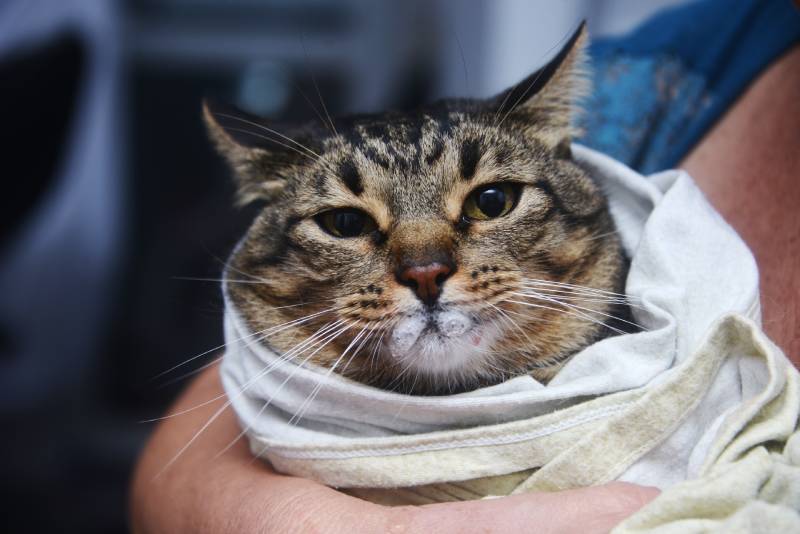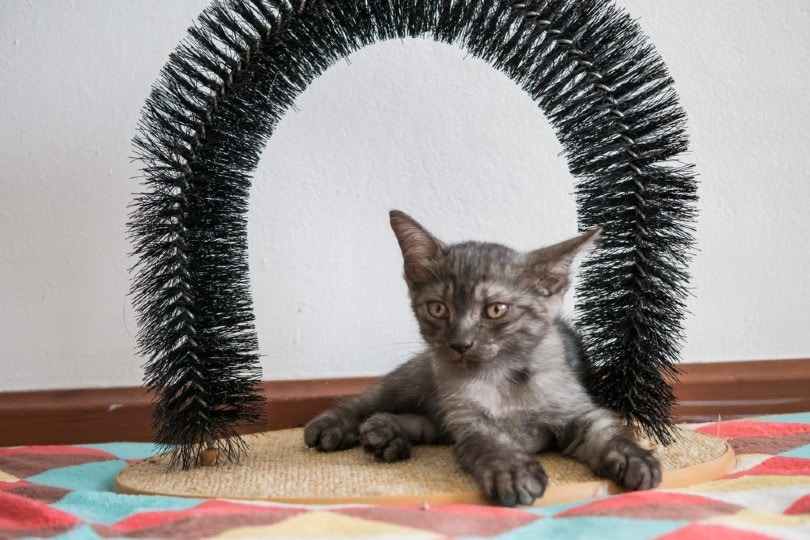How To Protect Your Cat From Being Stolen – 8 Practical Tips
Updated on
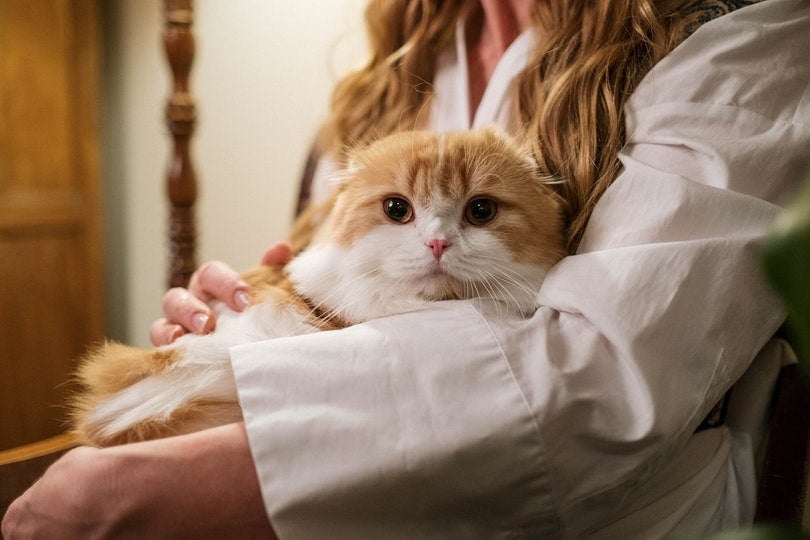
Keeping your cat safe is important, and this includes putting safety measures in place to help protect your cat from being stolen. Having a cat stolen is a pet owner’s worst nightmare and cats can be stolen for many reasons.
Whether you have an expensive or rare cat breed that someone wants, your cat is wandering the street and becomes a target for thieves to snatch as dog fighting bait, or your cat has wandered into someone’s home and they decide to keep them, having your cat stolen from your is a scary thought.
Even the most cautious cat owner can be a target for cat thieves, but we have some great tips that can make it slightly more difficult for these thieves to steal your cat.
How To Protect Your Cat From Being Stolen
1. Get Your Cat Microchipped
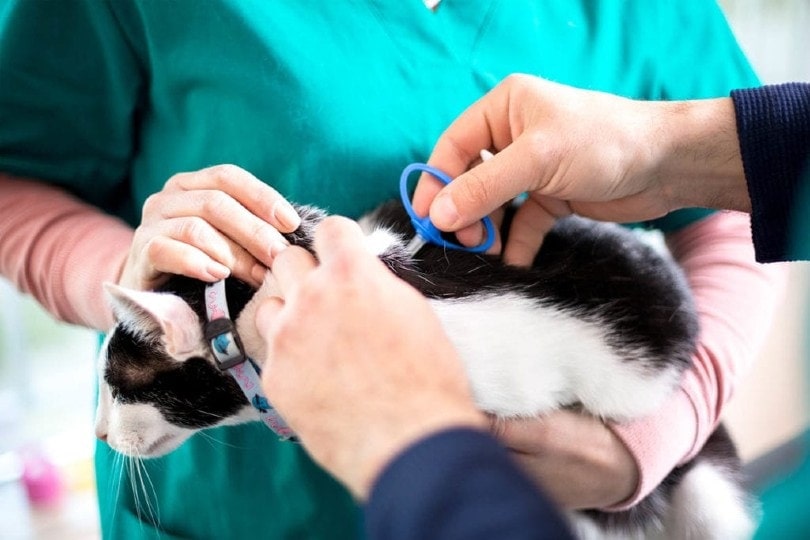
Microchipping is important in identifying your cat and it can be lifesaving if your cat goes missing or gets stolen. Microchipping is a medical procedure that is done by veterinarians, and it is a small metal chip that is inserted into your cat’s skin. The chip contains valuable identifying information that can help others return missing cats to their rightful owners in the case that your cat has gone missing.
The microchip is tiny, and the procedure is simple and feels as painful as a small pinch between your cat’s shoulder blades. If your cat is lost, anyone who takes your cat to a veterinarian to be scanned for a microchip will be able to locate you by the contact information you have provided for the chip. It is a permanent and safe way to make your cat identifiable.
2. Place An ID Tag On Your Cats Collar
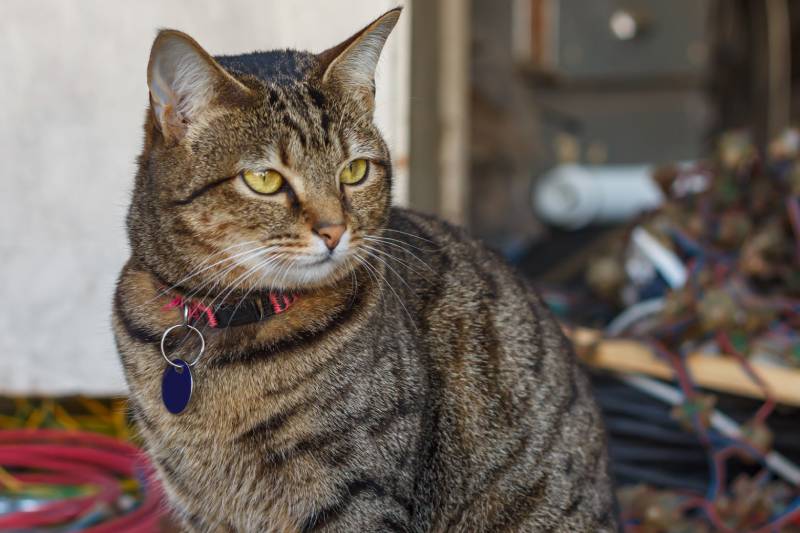
Although some cat owners provide their cats with a collar for aesthetic purposes, collars can function as an identifying tool if your cat is missing. This should be combined with a microchip, as collars can be taken off by cat thieves or taken off by your cat. An ID tag that has your contact details placed on allows people to identify your cat if they go missing.
The ID tag can be clipped onto your cat’s collar, and the sticker usually contains your name and phone number. There are many different patterns, colors, and sizes of ID tags that you can buy to match your cat’s collar.
3. Secure The Backyard, Patio, Or Balcony
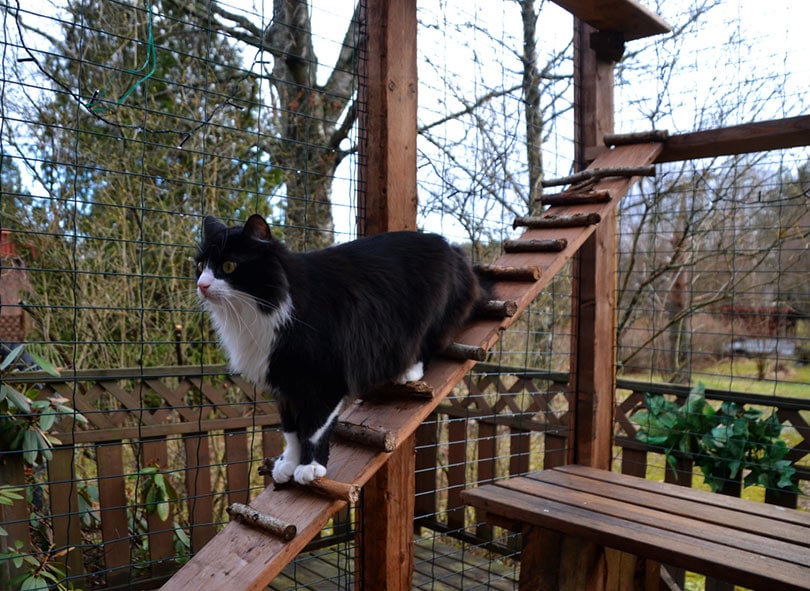
Cats are agile climbers and jumpers, and they can escape from many backyards, balconies, or patios to go and explore. This is not only dangerous as it puts your cat at risk of being stolen or getting lost, but your cat’s safety is at risk due to predators, poisons, and cars that can harm them. Securing outdoor areas is important to prevent your cat from escaping your property.
It can also make it more difficult for cat thieves to access your cat. You can create a catio on your balcony or patio by securing an area with netting or even a metal fence to keep your cat secure indoors. It will allow your cat to wander outside but still be protected.
4. Keep Your Cat Indoors
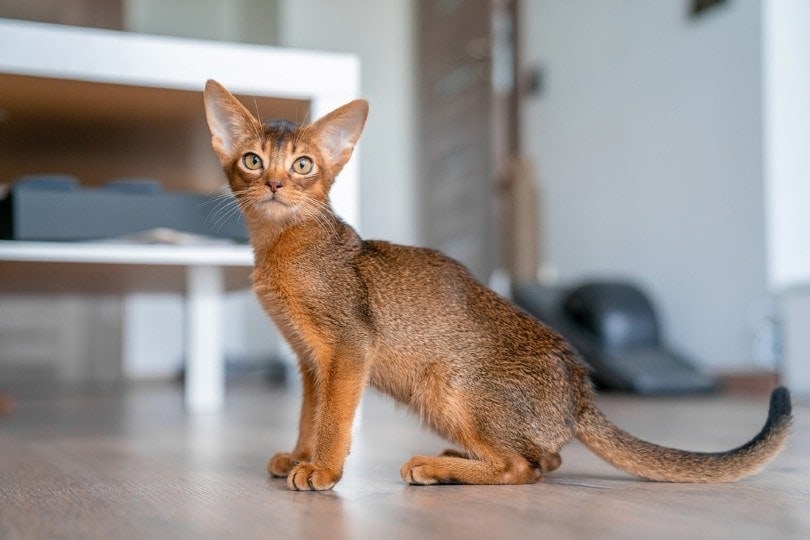
Cats are much safer when kept indoors rather than being allowed to roam freely. The street puts your cat in danger, not only from moving vehicles but also from being stolen. Once the cat is outside the security of your home, they are vulnerable. Your cat can have supervised outdoor time, or you can create a patio in your yard where your cat can safely explore outside while being protected at the same time.
5. Do Not Allow Your Cat Outside At Night
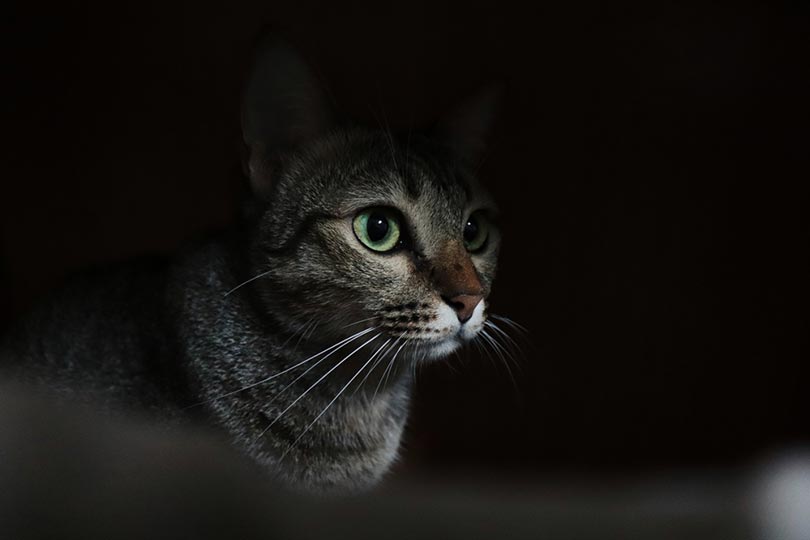
When most people are sleeping at night, your cat might be out exploring, and this puts them at risk of theft. Cats will be more inclined to roam around at night, especially if they are not sterilized and are looking for potential mates. Keeping your cat indoors at night by closing any open doors and windows that your cat would use to escape can help protect your cat from any cat thieves looking for wandering cats during the night.
6. Install Cameras In Your Garden
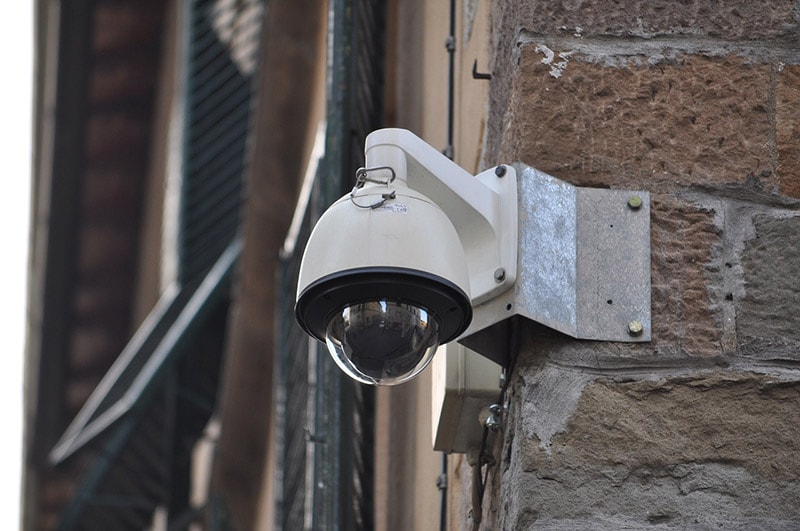
If possible, installing CCTV cameras outside can help you identify any suspicious activity that can be useful if something was to happen to your cat. The cameras can also be a helpful lead if your cat has been stolen from your property, and they can help authorities identify possible number plates, cars, and people that could have been involved in your cat’s theft. By watching the footage on the cameras, you can also see your cat’s last activity before it went missing.
7. Take Identifying Pictures in Case Your Cat Is Stolen

Always keep identifying pictures of your cat on hand, either printed or on one of your electronic devices. This can help people identify your cat if they were to go missing, and if they were stolen it can help authorities know what cat they are looking for.
Take pictures of any special markings your cat has, along with a full body picture from different angles. Printing these pictures can also come in handy if you need to provide the pictures to authorities if your cat has been stolen. Providing your cat’s color and breed type might not be enough for authorities to go off of if they are locating a stolen cat.
8. Get Your Cat Sterilized/Fixed
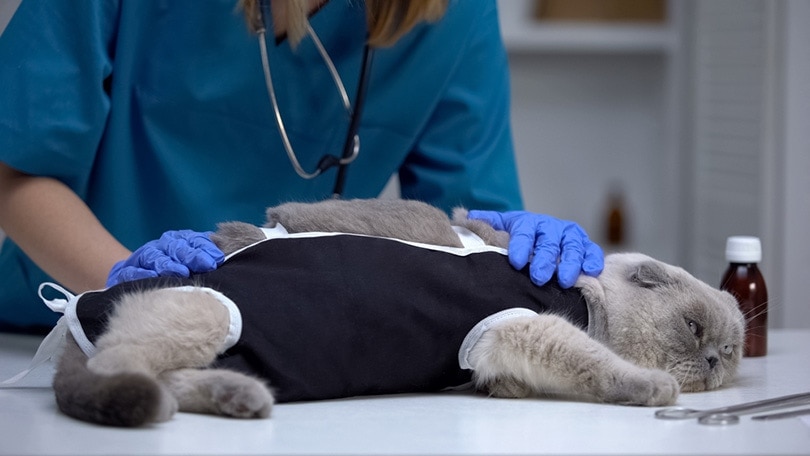
Cats who are not neutered or spayed are more inclined to leave your property. This is because the cats search for mates, and female cats in heat will attract male cats from neighboring houses. Although this probably won’t stop your cat from leaving your property, it can lower your cat’s urges to roam around, thus helping to reduce the amount of time your cat spends away from the security of their home.
What To Do If Your Cat Has Been Stolen
If your cat has gone missing and you suspect that they have been stolen, first check around the neighborhood and ask any neighbors if they have perhaps seen your cat. Cats can sometimes wander and visit neighbors who will feed your cat because they might think that the cat is lost.
Some cats will hang around the area they are being fed, which leads them to not come home. In some instances, people may assume that a cat they have found is lost and take them in until they can locate the owner. Putting up a post regarding your missing cat on social media or neighborhood groups can help more people get involved in helping you find your missing or stolen cat.
Someone who has found your cat may have taken them into the vet’s office, and if they weren’t microchipped or the details on your cat’s microchip are outdated, the veterinarians won’t be able to contact you. Check any veterinarian offices in the area to see if your cat has been dropped off there.
Putting up fliers in the area with an identifying picture of your cat can be very beneficial in getting more people to help search for your missing cat. If you are sure that your cat has been stolen and you have seen or heard about suspicious activity in the area, file a police report immediately regarding your stolen cat. Check any CCTV footage you may have, including footage from any cameras in the area. This can help you identify any cars and people involved.
Conclusion
The thought of having your cat stolen is scary, but unfortunately, it does happen more often than we might think. Protecting your cat by getting them microchipped and kept in a secure area where they can safely roam around reduces the risk of your cat being stolen. Even as cautious as we can be about protecting our cats from situations like this, it can still be a real possibility.
Featured Image Credit: cottonbro, Pexels



